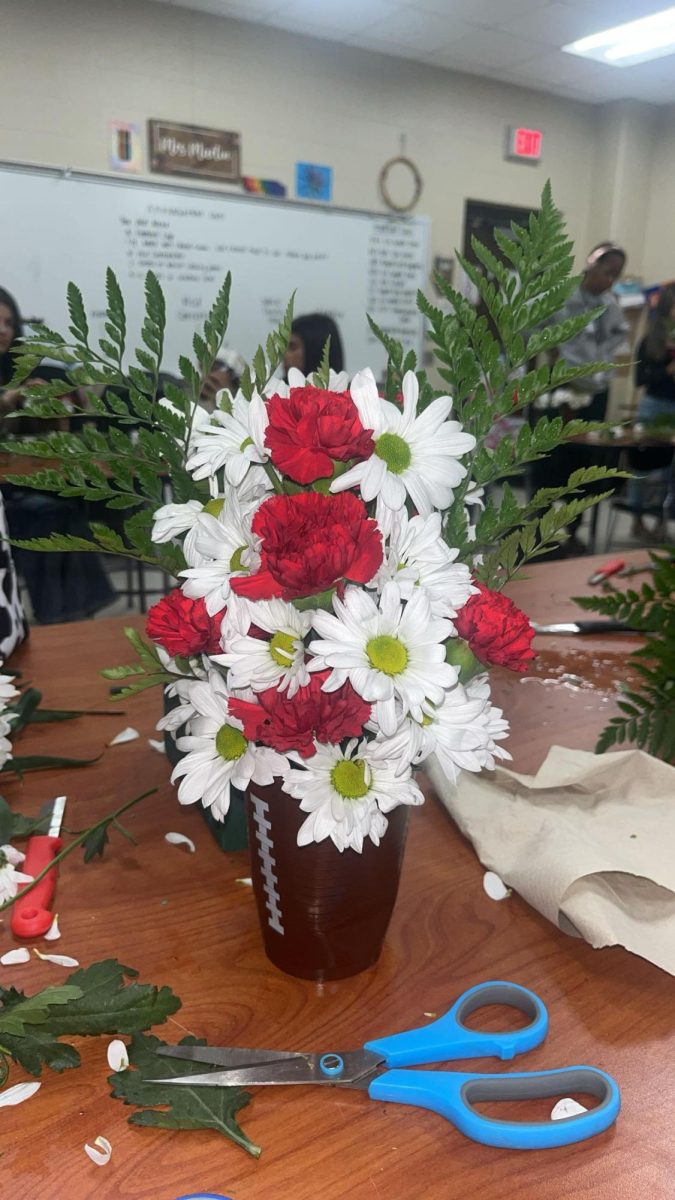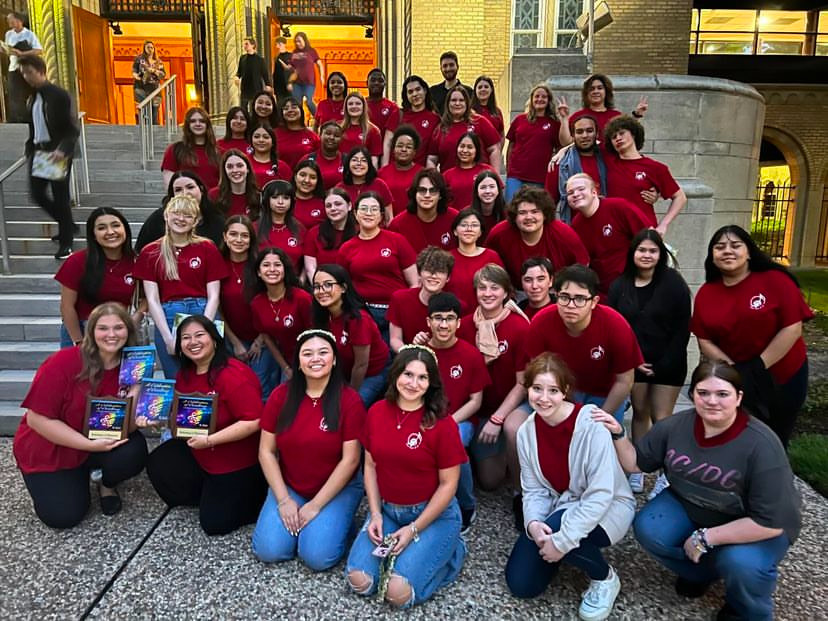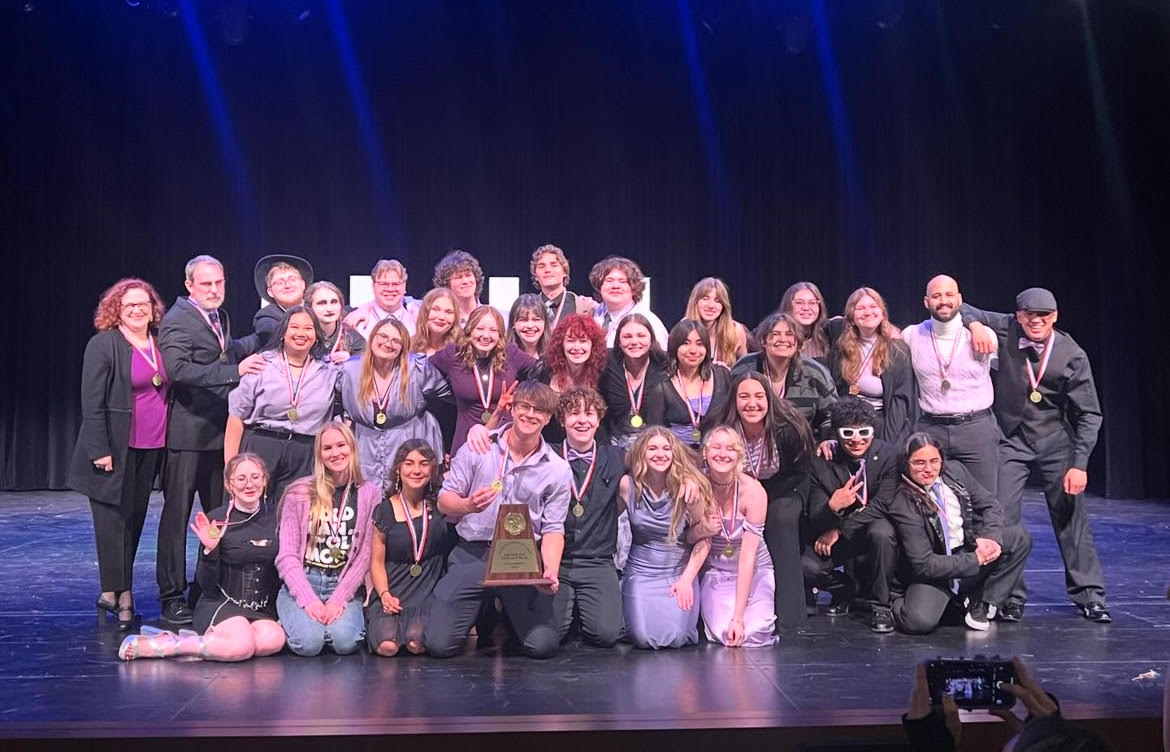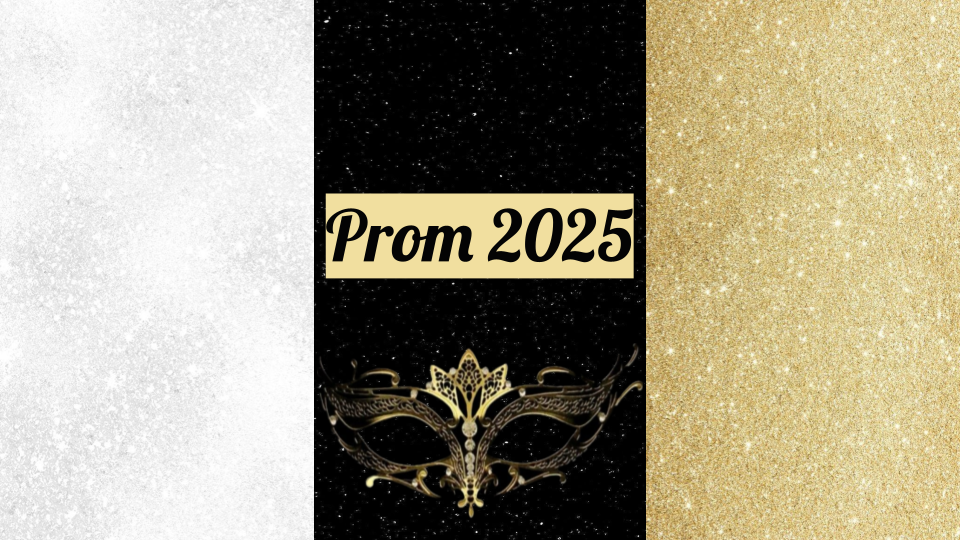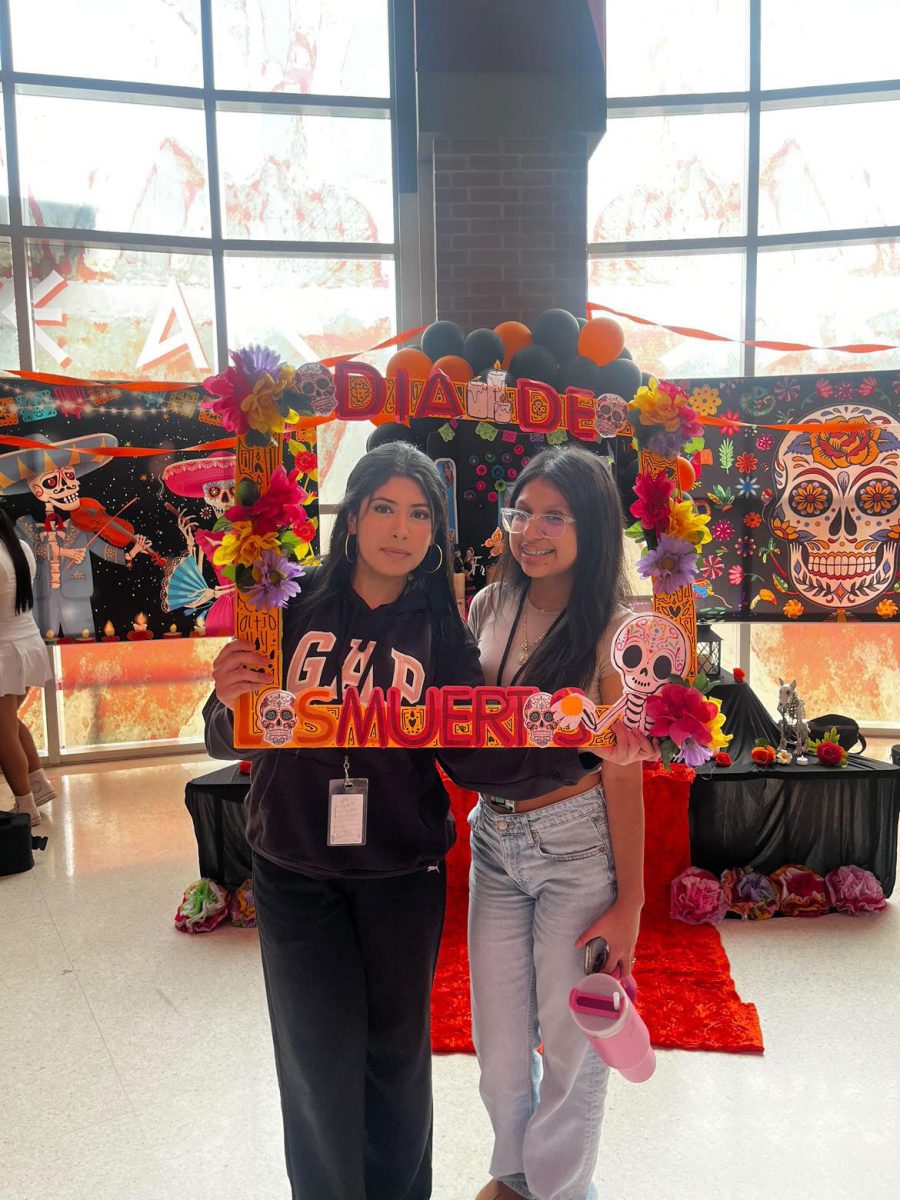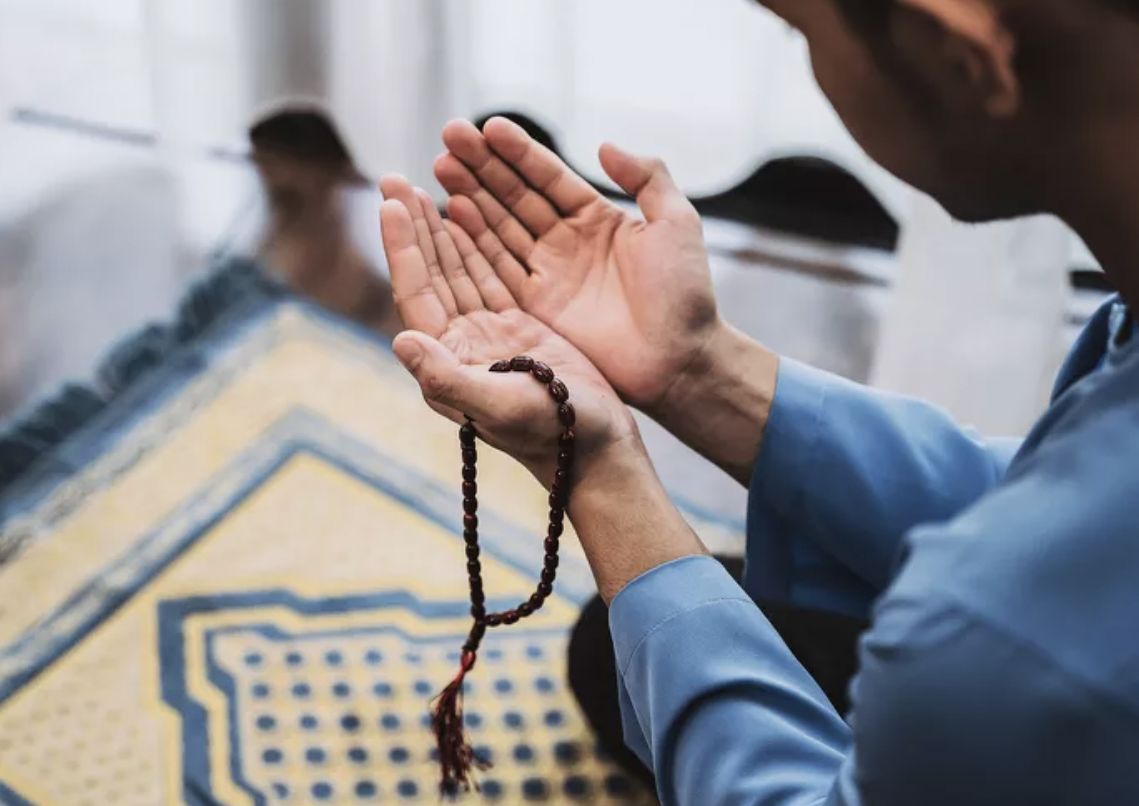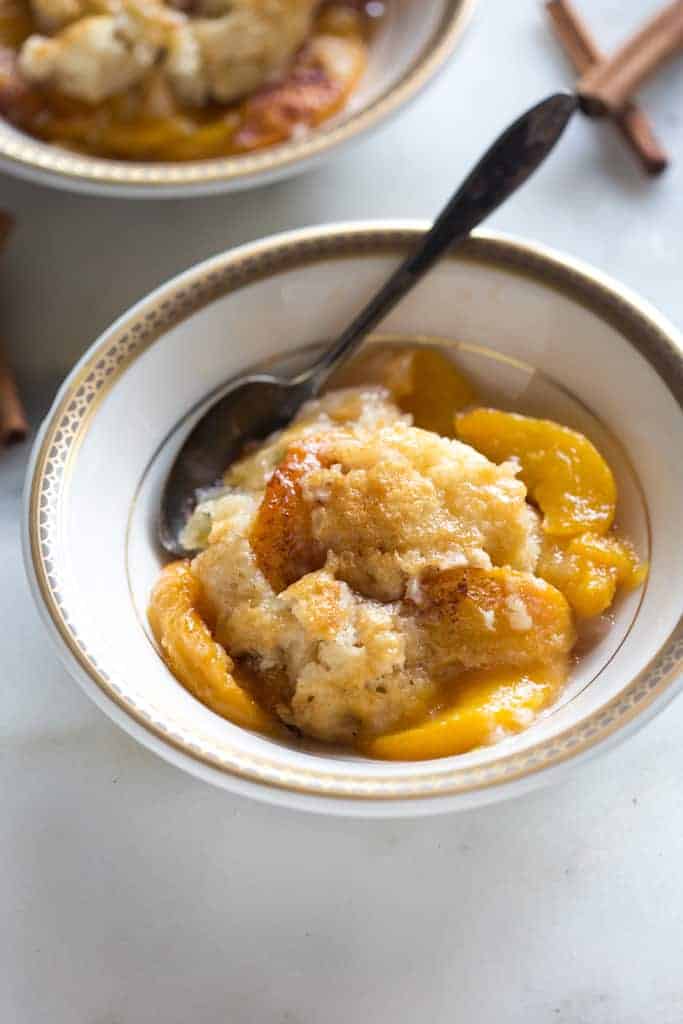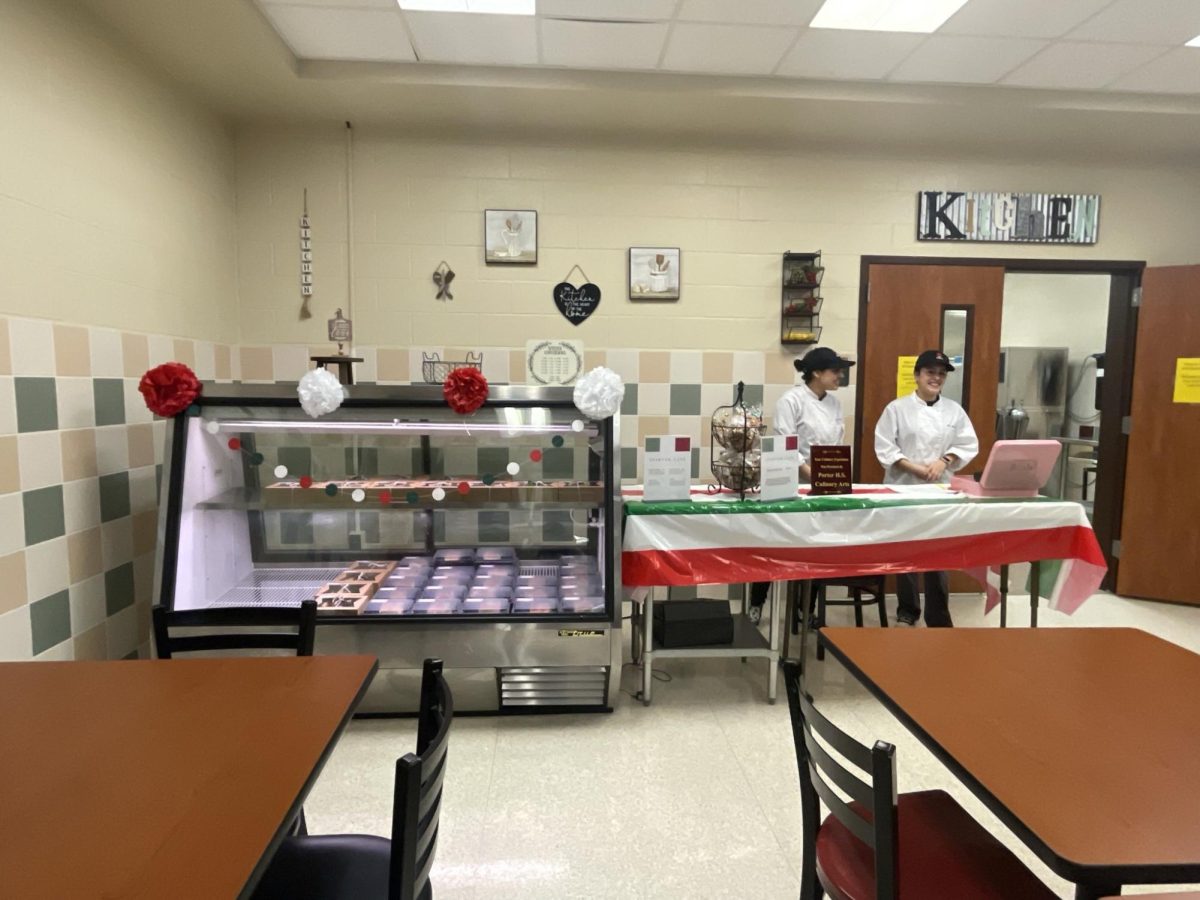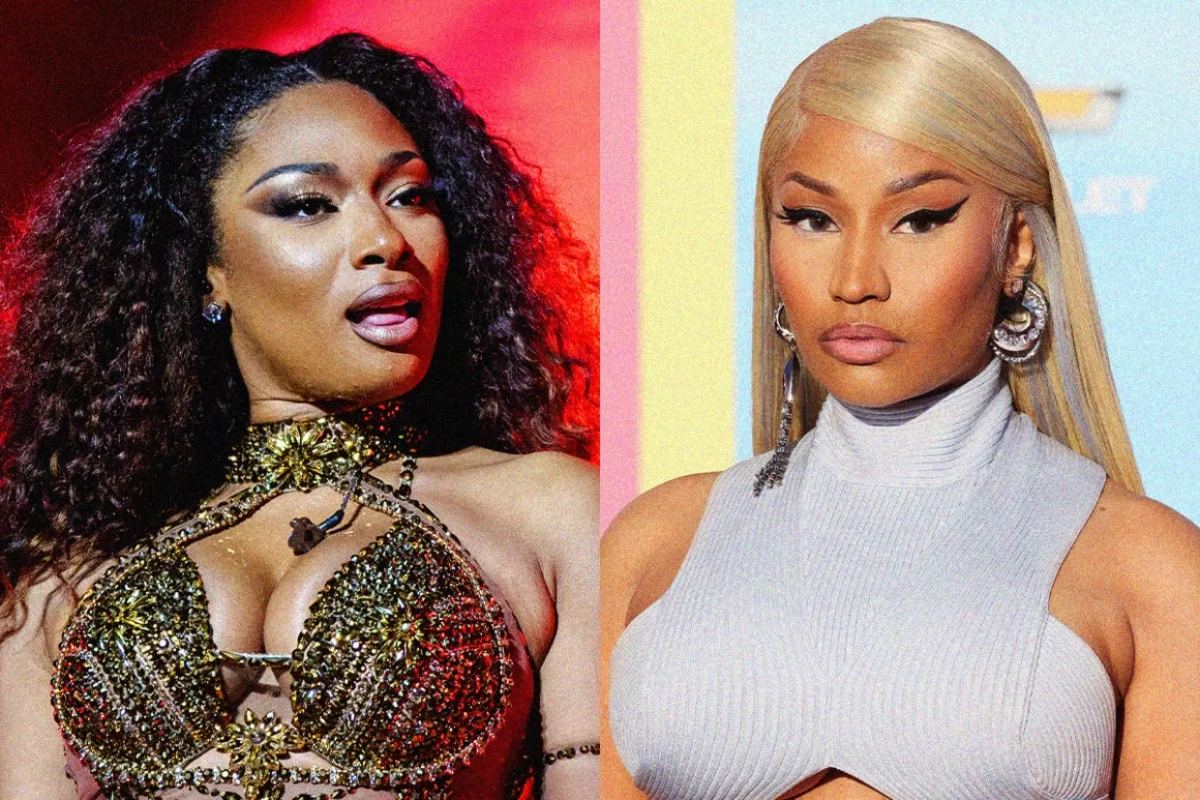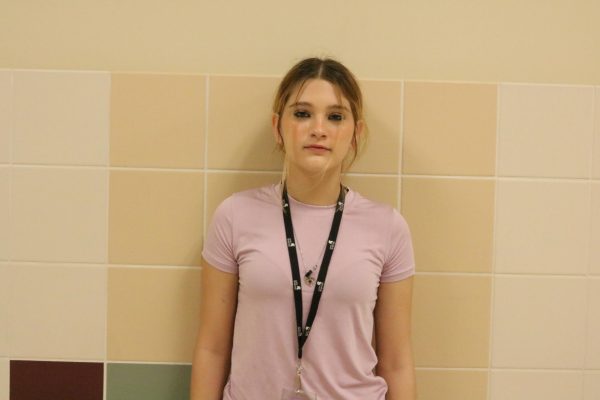Floral design incorporates a variety of elements, including color, texture, and shape. These components work in harmony to create visually captivating arrangements. Designers often choose flowers based on their meanings and the feelings they invoke. For example, red roses symbolize love and passion, while yellow tulips represent cheerfulness and warmth. This symbolic language of flowers is crucial in communication, especially for occasions like weddings, funerals, and celebrations.In recent years, floral design has evolved with trends emphasizing sustainability and eco-friendliness.
Many designers now opt for locally sourced blooms and recyclable materials, reflecting a growing awareness of environmental issues. This shift not only supports local economies but also reduces the carbon footprint associated with floral transportation. Seasonal arrangements have become increasingly popular, as they allow clients to enjoy flowers at their freshest and most vibrant, further reinforcing the connection to nature.
Floral design education has also flourished, with numerous workshops and online courses available for those interested in learning the craft. Aspiring designers can explore various techniques, from traditional arrangements to modern, minimalism styles. The rise of social media platforms like Instagram has significantly impacted the industry, allowing designers to showcase their work globally and receive inspiration from peers.
In a floral design class, students start with the basics of flower selection, learning about different types of flowers, their colors, shapes, and fragrances. This foundational knowledge is essential since each flower can evoke different feelings and suit specific events. For instance, roses might be used for romantic occasions, while sunflowers can represent happiness and cheerfulness.

The hands-on experience is a crucial part of the learning process. Students gain practical skills by crafting arrangements under the guidance of an instructor. They learn to manipulate floral materials to create designs that can be categorized into styles such as traditional, contemporary, and seasonal arrangements. Proper techniques, like cutting stems at an angle and using various tools, are emphasized to ensure that the flowers last longer and maintain their beauty.
Additionally, the class covers color theory and composition principles, helping students understand how to create harmonious designs. Students are encouraged to experiment with texture, balance, and proportion their arrangements. This creative exploration fosters individuality and expression, allowing each student to develop a personal style.
Several classes may also include lessons on floral shop management, marketing, and customer service. Understanding how to operate a successful floral business can be particularly beneficial for those interested in pursuing a career in this field. Overall, a floral design class is not only about arranging flowers but also about fostering creativity, developing technical skills, and instilling an appreciation for the beauty of nature in a structured, artistic way.
Floral design classes are a great way to learn about the art of arranging flowers. The classes usually cover a wide range of topics, from the basics of flower selection to the intricacies of design styles. You’ll get hands-on experience creating arrangements and learn to use tools and techniques for making them last longer.
One of the most important aspects of floral design is understanding color theory. By learning how to use color combinations effectively, you can create arrangements that are visually appealing and evoke specific emotions.
Another key element is composition, which involves arranging flowers in a way that creates balance and harmony. You’ll learn about principles like proportion, scale, and focal point, which are essential for creating well-balanced and aesthetically pleasing designs.
Many classes also cover the history of floral design and how it has evolved over time. You’ll learn about different cultural traditions and how they influence the art of flower arranging.
Overall, floral design classes are a great way to learn about the beauty of flowers and how to use them to create stunning and meaningful arrangements.


